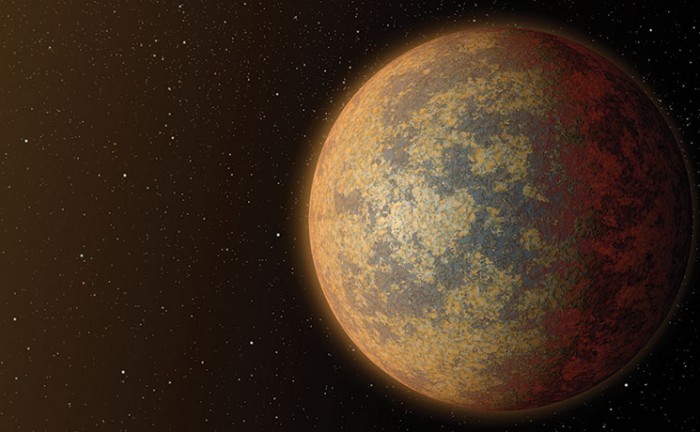Discovery of the Biggest Rocky Planet
Our previous understanding of the size of rocky planets was based solely on observations within our own solar system. However, the limitations of our technology prevented us from observing other solar systems and gaining a broader perspective. Fortunately, the Kepler Spacecraft has provided us with the ability to study and collect data from distant solar systems, leading to the discovery of a rocky planet that exceeds our previous expectations.
This planet, named BD+20594b, is located approximately 500 light years away in the Aries constellation. It is composed entirely of rock and has a diameter half that of Neptune. The planet’s existence was reported by astrophysicist Nestor Espinoza and his colleagues at the Pontifical Catholic University of Chile in Santiago on January 28, as published on arXiv.org.

BD+20594b is approximately 16 times more massive than Earth and has a density of around 8 grams per cubic centimeter. Its discovery in 2015 occurred when it passed between the Kepler Spacecraft and its host star. The brightness of BD+20594b’s host star allowed for more detailed observations compared to other exoplanets.
The significance of this discovery lies in the fact that it challenges our previous understanding of planetary formation. It demonstrates that there is greater diversity in planetary composition than what we have observed within our own solar system. Additionally, by comparing BD+20594b to other similar planets like Kepler 10c, which was previously considered the largest rocky planet candidate, astrophysicists now have a valuable laboratory for testing our theories on planet formation.
This discovery also emphasizes the ongoing importance of the Kepler mission. Initially, its purpose was to confirm the existence of exoplanets and demonstrate their prevalence. However, with findings such as BD+20594b, Kepler is expanding our knowledge and revealing that our understanding of planetary formation is not as comprehensive as we once believed.
This article is republished from PhysORG under a Creative Commons license. Read the original article.
Do not forget to share your opinion with us to provide you with the best posts !



0 Comments